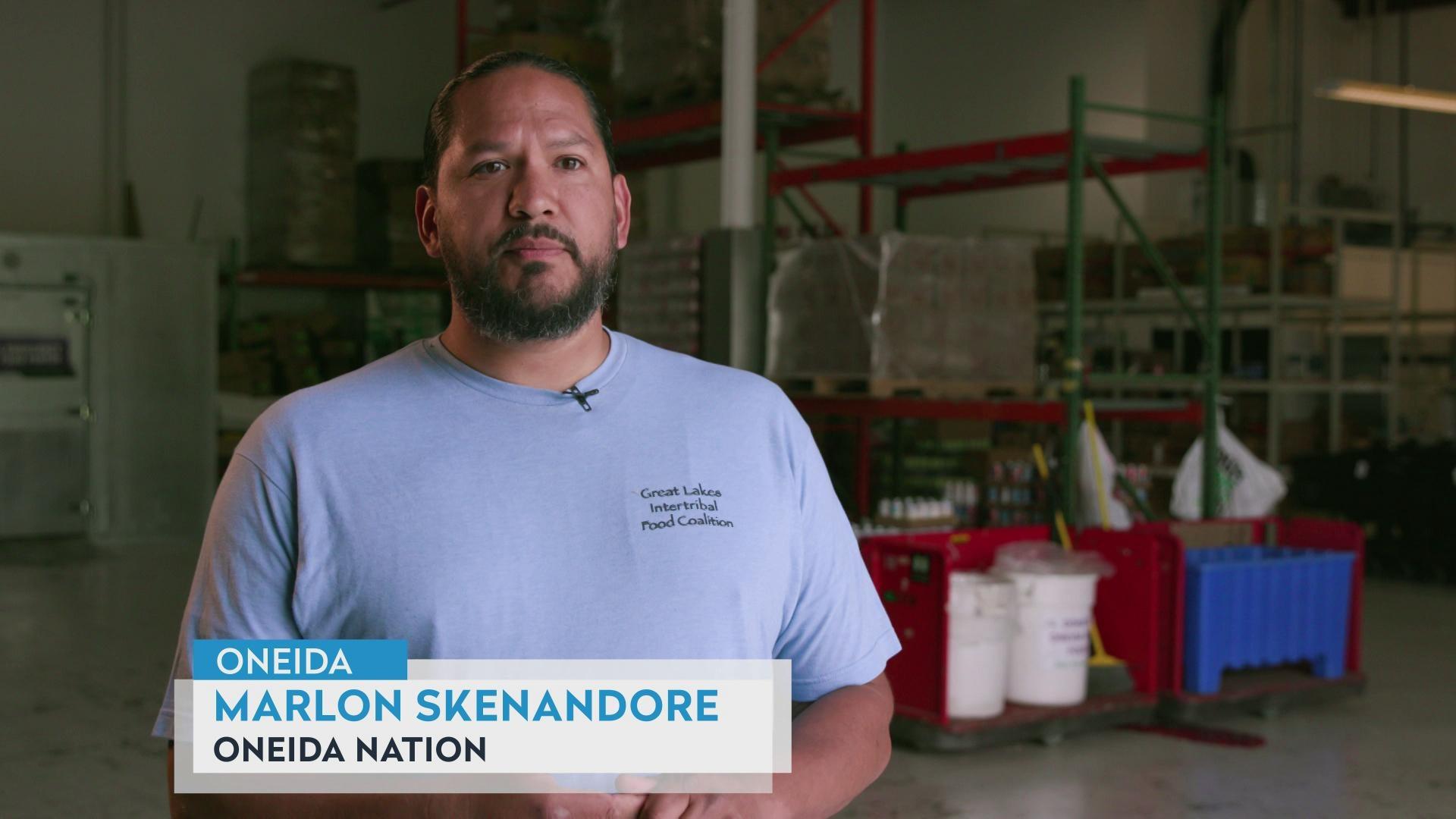Frederica Freyberg:
What are the continued health risks in Wisconsin’s public school and college classrooms? And what about the communities that surround those schools? We take these questions to Malia Jones, an infectious disease epidemiologist at UW-Madison. Thanks very much for being here.
Malia Jones:
Thanks for having me.
Frederica Freyberg:
As you know, Wisconsin just saw an alarming uptick of cases this week which coincide with the start of school, both K-12 and on college campuses. Are you surprised by these kinds of numbers?
Malia Jones:
Well, they certainly are disappointing, but I’m not precisely surprised. The concern with having both K-12 kids and college campuses return to classes in person is that classrooms are a very high density, indoor setting and there’s a lot of risk for COVID-19 to spread in those kinds of settings.
Frederica Freyberg:
And so the risk spreading in those settings, what about the risk spreading beyond those settings into their larger communities?
Malia Jones:
Yeah. And I think that’s a great question, especially when we’re thinking about college campuses. But, you know, the way infectious diseases work is they spread from person to person through close contact. And one of the features of this disease is it’s mostly spread through indoor air environments, as it turns out, and occasionally outdoor air environments as well. So what we think about what we — you know, a school is not a bubble. People go to school and then they go home again and they breathe the same air as the other people in their households and then those other people may go to a different school the next day or to a workplace. So there’s a lot of potential for disease to be transmitted from a school setting to lots of other settings in the community.
Frederica Freyberg:
What is your expectation that the two-week quarantine imposed at Madison and La Crosse campuses will send numbers back down again?
Malia Jones:
I do hope that quarantine period will allow this huge surge in cases that we have seen to subside and curb that exponential spread. But the way that the dynamics of infectious disease work, it’s unlikely to completely eliminate all the disease on those campuses. Just because some people — the disease can incubate for up to 14 days and on rare occasions even longer. So the two-week quarantine should get most of us through that big surge, but, you know, if people have infected their roommates, we won’t see those cases even emerging for probably the second week of the quarantine. And so, you know, I think it will help, but it’s unlikely to really completely resolve the problem.
Frederica Freyberg:
Some students meanwhile have returned home because of this quarantine, whether in state or out-of-state. Presumably we run the risk then of further spread?
Malia Jones:
Yeah. Sending the college students back home at this time I think is a really risky proposition. And in fact we have some good evidence that sending college students home in the spring contributed to outbreaks of disease all over the country as they returned back home to their families. And so I do think it’s really important that students remain in place and in particular if their parents — if they’re going back to live with their parents who may be older or higher risk, they should not expose themselves to those people.
Frederica Freyberg:
As for K-12 schools which are also driving the numbers, several have experienced COVID cases and gone from in-person learning back to virtual.
Malia Jones:
Yeah.
Frederica Freyberg:
Was that expected as well?
Malia Jones:
Yes. Most epidemiologists including myself did expect that to happen. I think early on there was a lot of hope that kids would just somehow not be very good at spreading this disease. But there wasn’t a lot of hard evidence to suggest that was really the case. And so I’m not surprised. But I am of course really disappointed.
Frederica Freyberg:
Absolutely. And now we learn that a 47-year-old teacher in Suamico died after being hospitalized with this virus.
Malia Jones:
Yeah.
Frederica Freyberg:
How real does this make the risks?
Malia Jones:
Yeah. I think those of us who have been paying really close attention were unfortunately expecting that news. But, you know, that doesn’t make it any easier to swallow. It’s really a tragic situation.
Frederica Freyberg:
In a perfect world for infectious — infection control, how would we manage going to school?
Malia Jones:
Well, let’s see. In a perfect world for infection control, I think we would rewind the clock and do a true six-week shutdown and eliminate all of the circulating COVID-19 in the state of Wisconsin and nationally. And then we would not have any COVID-19. It would require international, national and state cooperation in order to achieve that. And that just didn’t happen. We’re in a situation where there is circulating disease and there’s not a good way to control that in a school setting.
Frederica Freyberg:
All right. We leave it there. We appreciate your expertise. Malia Jones, thank you.
Malia Jones:
Yeah. Thank you for having me on.
Search Episodes

Donate to sign up. Activate and sign in to Passport. It's that easy to help PBS Wisconsin serve your community through media that educates, inspires, and entertains.
Make your membership gift today
Only for new users: Activate Passport using your code or email address
Already a member?
Look up my account
Need some help? Go to FAQ or visit PBS Passport Help
Need help accessing PBS Wisconsin anywhere?

Online Access | Platform & Device Access | Cable or Satellite Access | Over-The-Air Access
Visit Access Guide
Need help accessing PBS Wisconsin anywhere?

Visit Our
Live TV Access Guide
Online AccessPlatform & Device Access
Cable or Satellite Access
Over-The-Air Access
Visit Access Guide
 Passport
Passport


















Follow Us